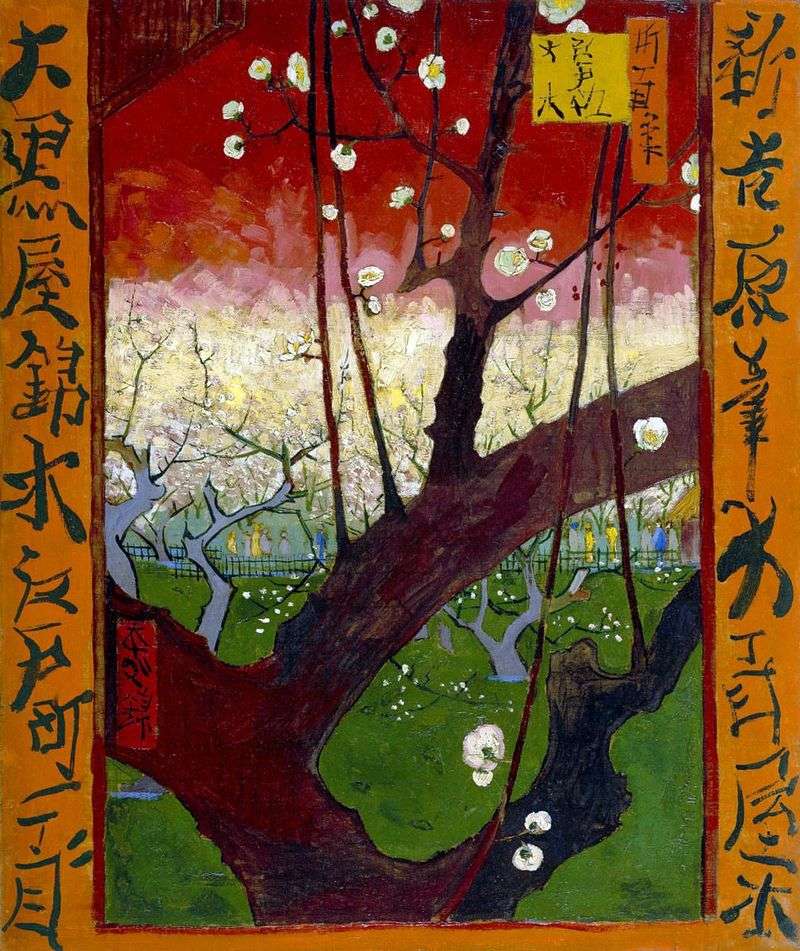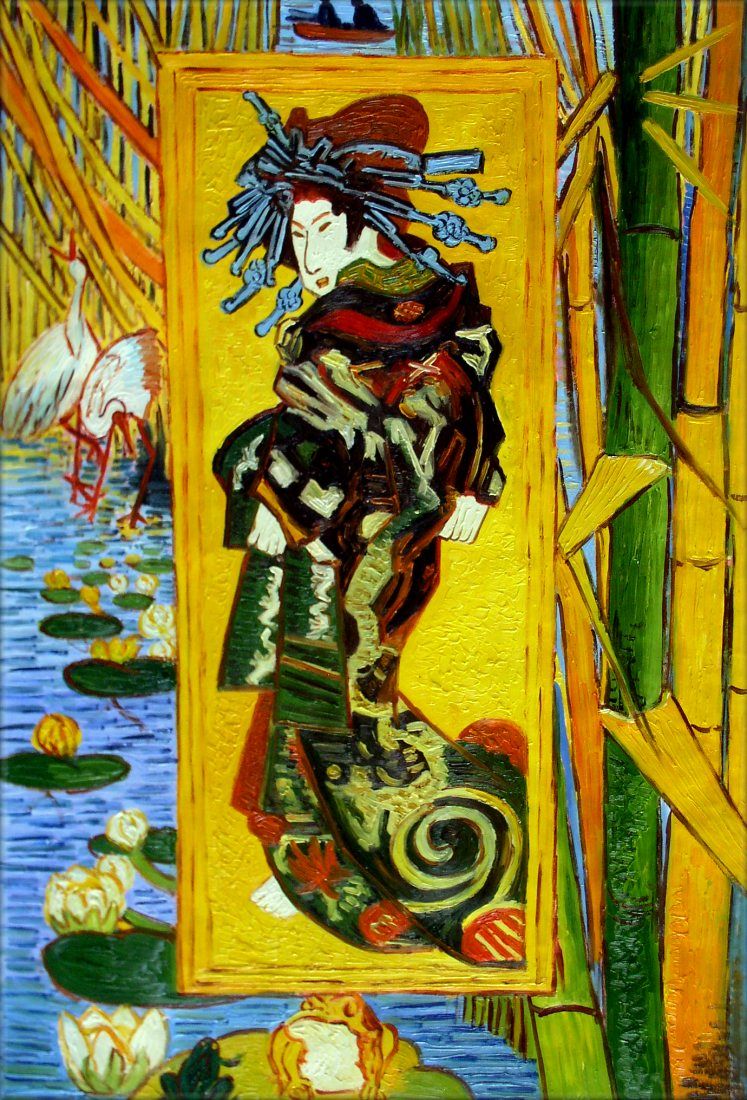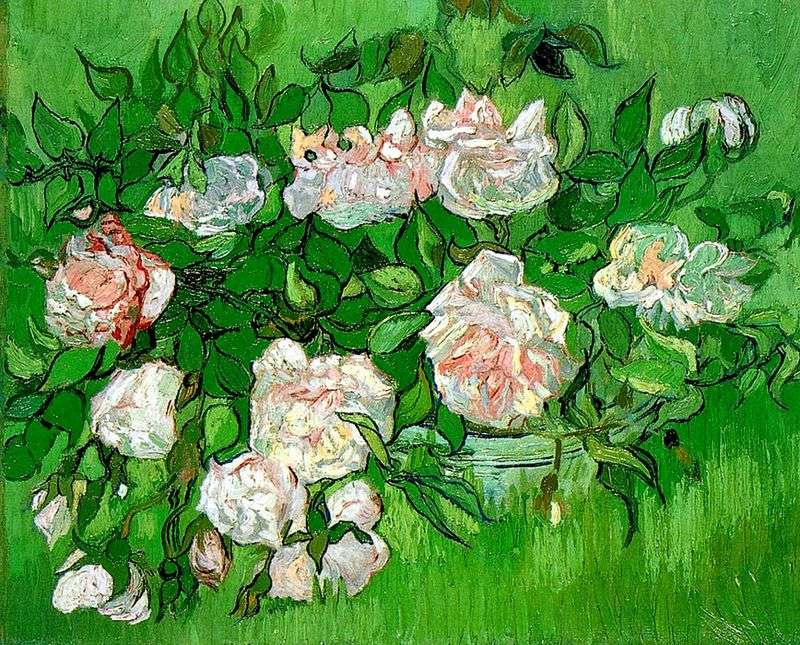
Japanese prints became a source of inspiration for a number of avant-garde artists who worked at the end of the XIX century. Van Gogh first mentions them in his letters written in the winter of 1885-1886, but the strong influence of Japanese engraving on the artist’s manner begins to be seen only from 1887, that is, after Van Gogh moved to Paris.
Such prints were very accessible and cheap, so the artist managed to assemble a collection of about 200 works. He used them to decorate the walls of his room, and in March 1887 he even arranged an exhibition of Japanese prints in the Tambourine cafe. These transparent in color and joyful in mood pictures attracted Van Gogh by helping him relax and at least temporarily forget about the hardships of everyday life.
It was the Japanese engravings that inspired the artist to use brighter colors and smoother shapes in his paintings, but unlike others, he managed to resist the temptation to use high-angle Japanese characters and spontaneity of the drawing, which seemed so attractive to most of his contemporaries.
In this study, under the name “Courtesan”, the influence of the work of Kesai Eisen, placed on the cover of the May issue of the magazine “Paris Illystra” for 1886, is traced.
 Flowering plum by Vincent Van Gogh
Flowering plum by Vincent Van Gogh Courtisane – Vincent Van Gogh
Courtisane – Vincent Van Gogh Still life: vase with oleanders and books by Vincent Van Gogh
Still life: vase with oleanders and books by Vincent Van Gogh Musma (Japanese) by Vincent Van Gogh
Musma (Japanese) by Vincent Van Gogh Portrait of daddy Tangi by Vincent Van Gogh
Portrait of daddy Tangi by Vincent Van Gogh Bridge in the Rain by Vincent Van Gogh
Bridge in the Rain by Vincent Van Gogh Pink roses by Vincent Van Gogh
Pink roses by Vincent Van Gogh View of the rooftops of Paris by Vincent Van Gogh
View of the rooftops of Paris by Vincent Van Gogh